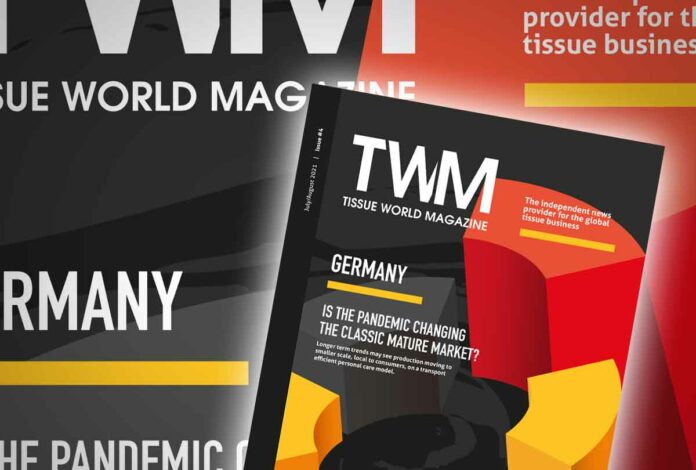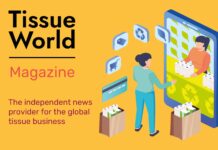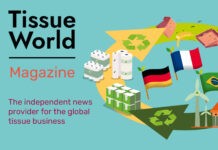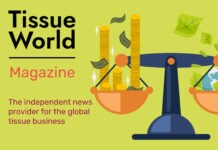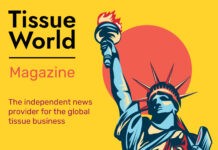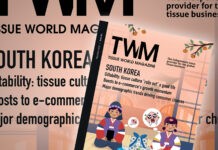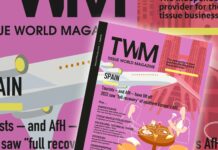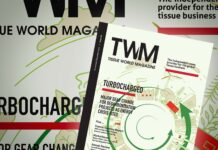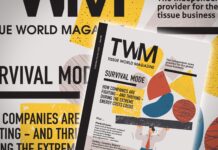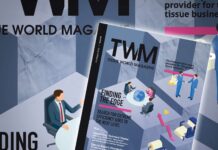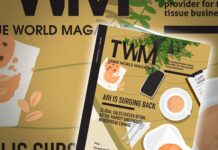We need look no further for a classic example of a mature tissue market than Germany. A tissue pioneer, these days year-on-year registering slow but steady growth, its consumers demanding quality, and demanding quality from its private label trailblazers who now have 87% of the home market.

It is home to many leading tissue companies trading in various sectors across the world, all built on a steadily dynamic national economy which leads in the EU and ranks fifth in the world.
Then came the pandemic. The upheavals of 2020 and 2021 have dipped and spiked on tissue performance charts everywhere – reported thoroughly in these pages – and Germany has been no exception.
A 2% value CAGR 2006-2019 suddenly became a 12% spike in total retail sales. Very high levels of household penetration meant that the standard consumer reaction to the new reality … home seclusion, fear of the unknown, supply anxiety, stockpiling … had a more pronounced effect. Tissue – 12% more of it than for decades – became an agent of security.
This edition of TWM explores the question everyone wants answered: what will the new consumer market look like?
It is beginning to come clearer. We get an extensive idea from in-depth Country Report analyses, and interviews with leading company executives.
Strong incentives are driving change – sustainability, energy sources, integration, e-commerce, digitalisation, circularity, advanced training of personnel – and more. And also emerging new trends: the move towards localisation, the need for tissue production to be more similar to personal care production, smaller scale, local, affordable and energy efficient; organic growth involving a move towards producing closely to where customers are located, minimising transportation costs.
We hear of the concept of the agile sprint, the rapid flexible response to need which has been well rehearsed during the pandemic response. Being the most sustainable and agile first-class partner for personal and professional hygiene solutions.
We hear of new attempts to explore and increase the use of agricultural waste – in this case wheat straw – at a Mannheim mill. A source explored before in China and North America, but here uniquely is the first integrated modern tissue plant to convert straw pulp onsite, and on a scale of 35,000tpy. The wheat straw has been sourced from agricultural land.
One of the most traditional tissue markets, already changing the story with private label, is innovation hungry.
How quickly the industry has had to change
Executives at leading converting machinery suppliers highlight achieved – and expected – advances ahead in TWM’s annual Converting: Technical Theme.
The past year has shown how quickly consumption of certain products has been affected globally by external factors. How many tissue producers with lines dedicated to AfH products were forced to stop them or limit production?
The fiscal year that ended 4 October 2020 saw a growth of 22.3% in the turnover of private label toilet paper compared to 14.4% for national brands: functionality and cost are key drivers.
Already underway is another pandemic-inspired trend towards ‘all in one lines,’ a real swing line capable of converting toilet paper, kitchen towel and AfH products quickly and easily, not just within smaller to medium sized operations, but with the potential for big volume too.





















